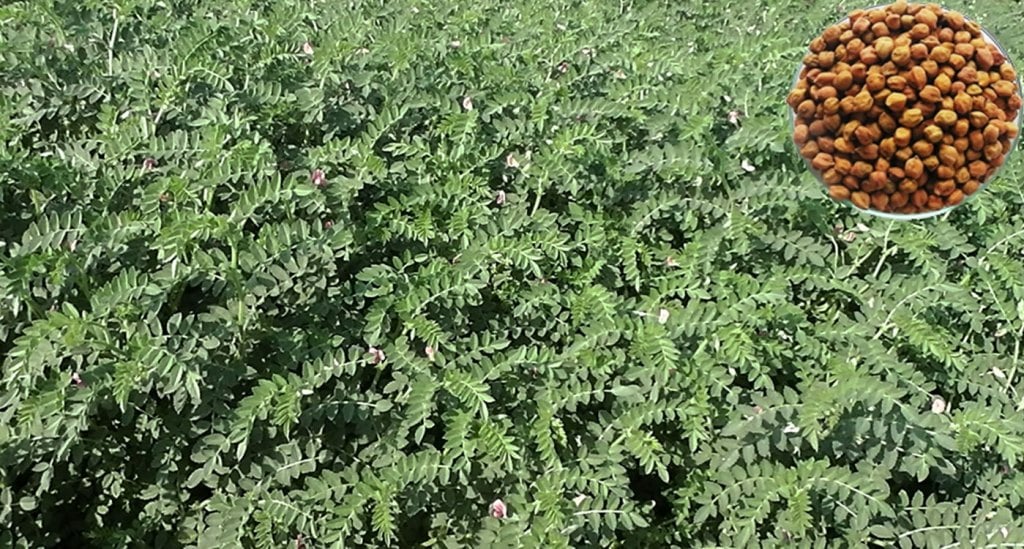10 new chickpea varieties released in 2020 in collaboration with NARS
- From
-
Published on
12.01.21

To meet the growing global market demand for protein-rich chickpea, scientists have created new varieties that would contribute to greater nutrition security, health and climate resilience and replace existing obsolete varieties. In 2020, despite pandemic constraints, 10 new varieties (6 desi and 4 kabuli) were released through effective collaborations with National Agricultural Research Systems in Africa and Asia. The releases have recorded many firsts in terms of innovations in South and Southeast Asia and Eastern and Southern Africa – regions that together contribute to 73% of the global chickpea production (http://www.fao.org/faostat/).
In 2020, Malawi officially released its first chickpea varieties bred for high yield, climate resilience and nutrition, while an ascochyta blight-resistant, high-yielding desi variety was released in Ethiopia. In India, machine-harvestable chickpea made inroads into Central India as quicker harvest time saved the crop from unseasonal rain, while large-seeded kabuli varieties (39-45 g weight of 100 seed) commanding premium prices in global markets were bred to suit agro-ecologies across north, west, central and south India and provide a replacement for old varieties.
ICRISAT’s chickpea improvement research has a major focus in Eastern and Southern Africa (ESA) and South and Southeast Asia. The regions contribute to 73% and 93% of the total chickpea production in Africa and Asia respectively. Chickpea improvement research in these regions is primarily with public sector organizations. The private sector has shown interest in research and development of chickpea in recent years due to its increasing global demand as a nutritious pulse crop, its climate resilience, expansion and adaptability to new regions, increasing availability of value-added products and emerging opportunities for protein extraction.
